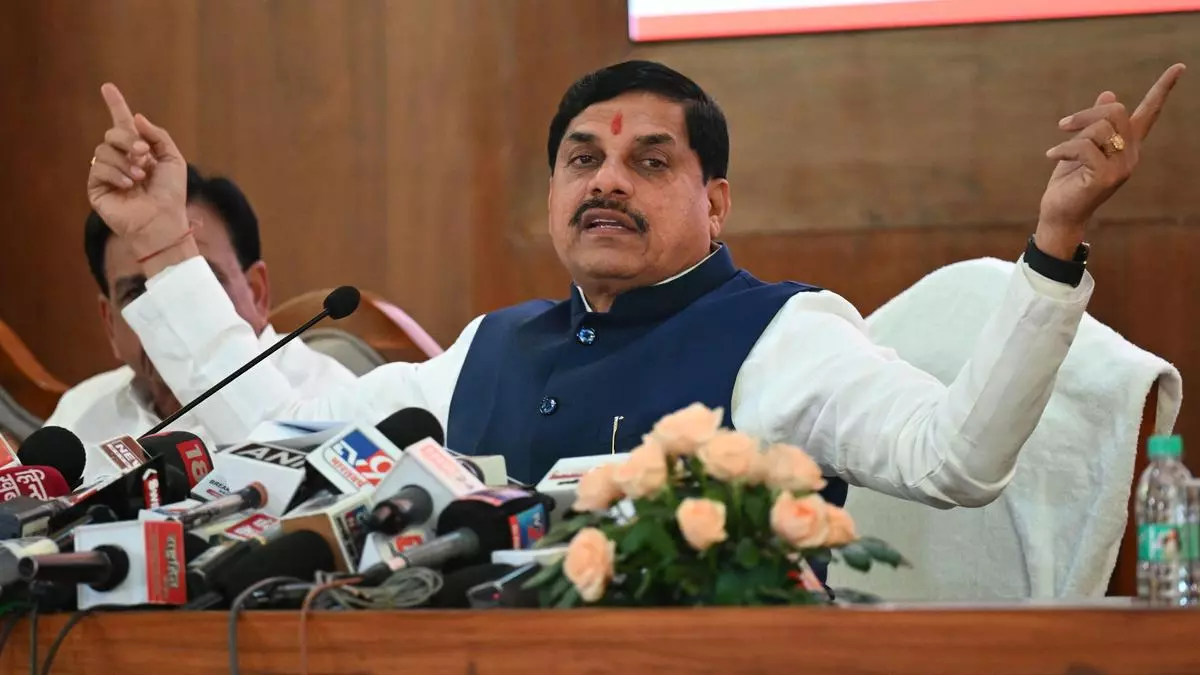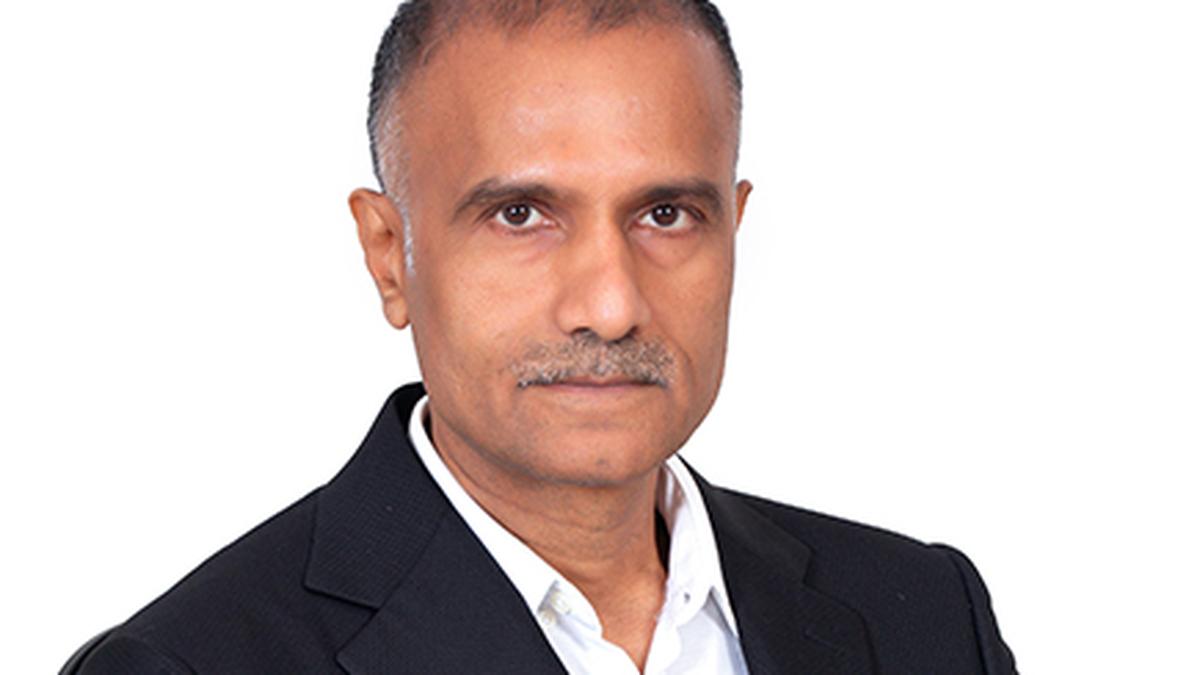In the second week of 2024, business leaders gathered in Gujarat for the Vibrant Gujarat Global Summit, where India’s Prime Minister Narendra Modi touted his country’s economic success. India’s economy grew by 7.6% in the past year, outperforming most predictions and surpassing the growth rates achieved under his predecessor. However, assessing Modi’s economic record is complex due to sparse and unreliable data, a weak labor market, and underwhelming private-sector investment. Nonetheless, India may be on the cusp of an investment boom, driven by Modi’s reforms. This article examines his performance and the potential implications.
The article delves into Modi’s economic goals: formalizing the economy, improving the ease of doing business, and boosting manufacturing. It acknowledges progress in formalizing the economy, albeit at a high cost, through initiatives like demonetization and digitization efforts. These reforms have helped draw economic activity into the formal sector and improved welfare payments and poverty reduction through digitized welfare programs. Additionally, the introduction of the Goods and Services Tax (GST) has simplified and streamlined tax systems, making business operations easier.
However, the article points out that Modi’s efforts to boost manufacturing and industrialization have faced challenges. While some incentives have attracted investments from companies like Foxconn and Micron, the value of manufactured exports as a share of GDP has stagnated, and manufacturing’s contribution to the economy has declined. The government’s industrial policies, including subsidies and tariffs, have raised concerns about their effectiveness and long-term sustainability.
Despite these challenges, the article highlights the potential for a private investment boom, as indicated by a surge in investment announcements by private corporations in 2023. This, along with firms’ reported intentions to invest in India as a means to diversify from China, could further accelerate economic growth and bolster Modi’s reputation as a successful economic manager.
However, the article cautions that the consequences of Modi’s policies will take time to fully manifest. The reliance on welfare payments as a substitute for job creation may prove unsustainable, and the lack of investment in basic public services could hinder long-term growth. The article concludes by acknowledging the cautiously optimistic sentiment among Indian voters regarding the economic changes brought about by Modi’s leadership.
While the impact of Modi’s reforms is still unfolding, India’s economic growth trajectory and the potential for an investment boom suggest that his economic performance merits analysis and assessment.










